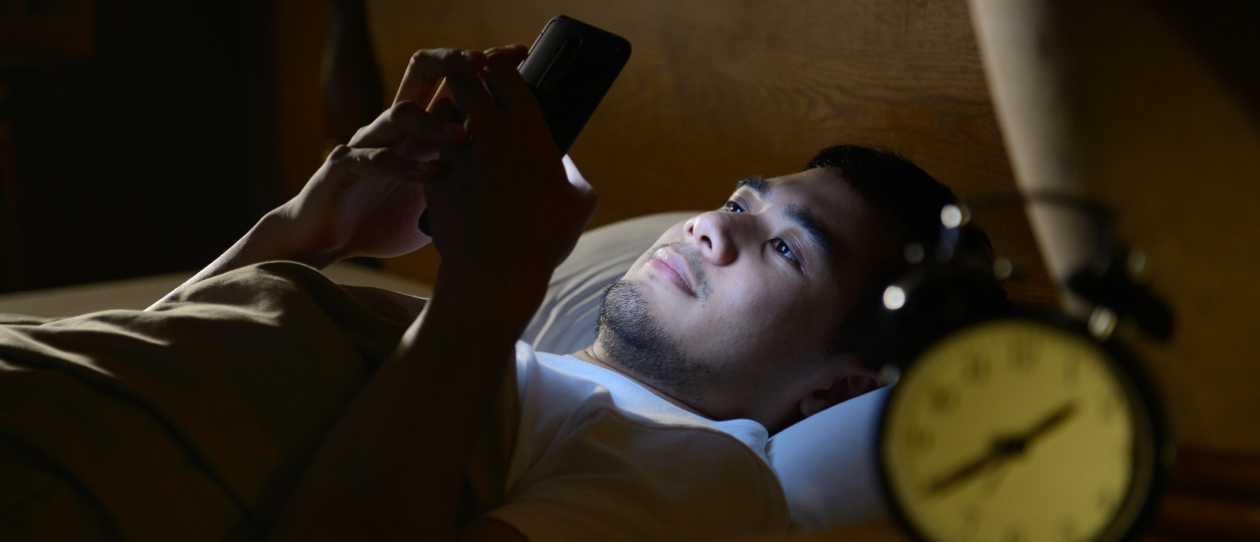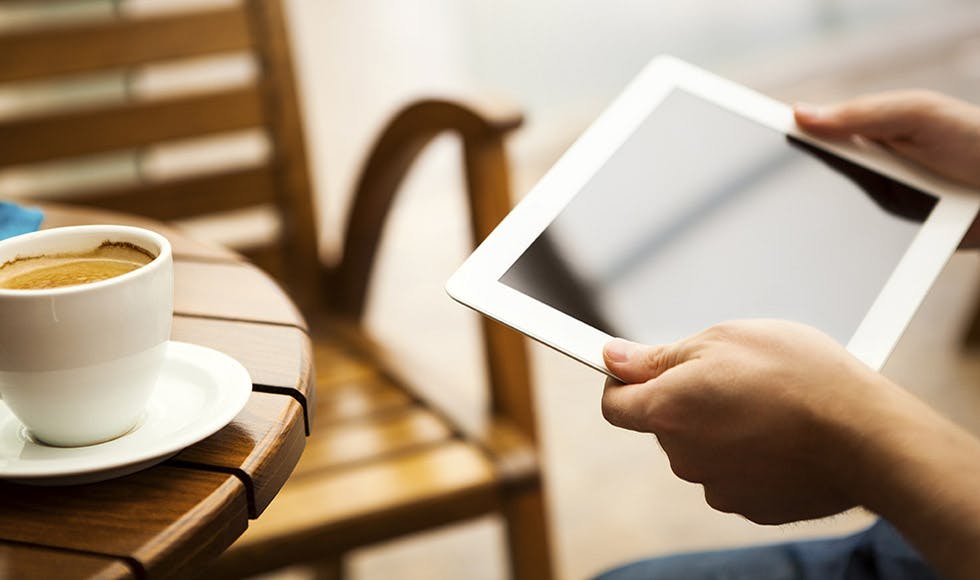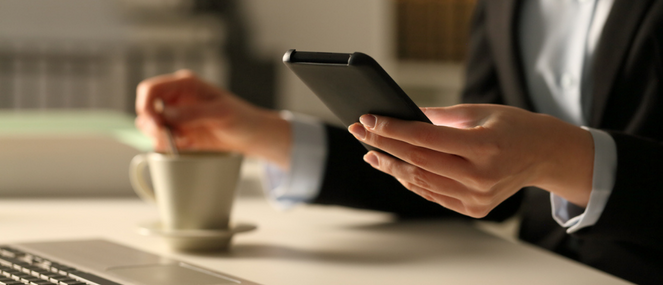Screen time is here to stay and with it often comes strained and irritated eyes, headaches and eye fatigue.
Many of us spend long hours in front of a screen, be it our laptop, tablet smart phone. Eye health has never been more important, and with a bit of background knowledge, you can support your eyes from the effects of high screen exposure.
What is Eye Fatigue?
Eye fatigue is best characterised by its symptoms which can include redness in the eyes, difficulty focusing, dryness, and puffiness around the eyes.
Eye fatigue can be the result of:
Lack of sleep
Wearing the wrong vision correction prescription
Staring at digital devices for too long
Reading in low light
How can Eye Fatigue Affect General Health and Productivity?
It’s a busy world we live in and being productive means making the most of our time. Plus, getting the work tasks out of the way leaves us with more time to do the things we enjoy – like being with friends or indulging in hobbies. When our eyes are tired, we may experience irritability, sleepiness and dry or irritated eyes. These symptoms make it difficult for us to perform at our best.
Functional Tips for Decreasing Eye Strain
Knowing just how simple it can be to reduce eye fatigue and keep your vision in top shape means making a few healthy habits is a breeze. Set yourself up for success with these easy tips and trick that you can start using right away.
Here are a few of our top tips for decreasing eye strain when it comes to screen time:
Reduce glare.Glare is caused by excessive brightness and light in your environment that competes with your visual field. Your eyes can’t manage it properly. Be mindful of light placement and consider using task lighting versus overhead lighting. You can also angle your device or screen away from bright light or use anti-reflective screens.
Blink. According to researchers in the UK, humans usually blink about 20 times per minute, yet when they’re concentrating on their screen, that rate of blinking drops to just one and three times per minute.
Tweak the text. Increase legibility and visibility with simple adjustments on your tablet, computer or smart phone. Increase the font size in accessibility options, or turn on bold text.
Contrast makes it easy on the eyes. Lighter text against darker backgrounds makes text easier to read in low light and when you want to avoid eye fatigue. Most apps have this setting available.
Look away from the light. Practice the 20/20/20 rule and your eyes will thank you for it. Simply put, for every 20 minutes you spend staring at a screen, look away to something that’s 20 feet (six metres) away from you for at least 20 seconds. The longer, the better.
Wear blue blocker lenses. The jury is out on whether these are truly advantageous, but many swear by their ability to soften LED light exposure. Blue light isn’t a bad thing, but researchers have found that too much exposure to it can affect our sleep.
Clear the chaos. Ensure the area around your screen is free from distractions that may pull your eye or attention away from the screen content. Reading and re-reading causes double the work for your eyes.
Break it up. When reading chunks of information, break it up into smaller parts. Insert spaces between paragraphs if you need to, and limit what comes into your field of vision all at the same time. Too much visual clutter can be overwhelming and slow down your flow.





